
40 years ago on August 20 1977, Voyager 2 was launched from the NASA Kennedy Space Centre at Cape Canaveral, Florida, followed 16 days later by Voyager 1, with the latter on a faster, shorter trajectory. These two robotic space probes were part of the Voyager programme that would eventually study planets in our solar system which, up until that point, had only been seen through telescopes and with limited accessible facts for us back on Earth.
The Farthest tells us the story of their launch, of the scientists involved and this is achieved with absorbing tales of how it happened, sometimes in extraordinary circumstances and it’s all utterly captivating. For as long as I can recall, I’ve had a deep fascination with science and space, plus those things you might feel are beyond our everyday lives. The inspiring thing about science, which can often be forgotten, is its perpetual ability to always ask why and how, plus, if the truth be known, it’s also unassuming enough to admit if it doesn’t understand. But again, on the flip-side of that, science will also endeavour to discover the answers if it believes it can find a way. That’s its beauty, and those benefits are featured in various ways throughout this documentary.

With her second documentary feature, writer and director Emer Reynolds offers us a truly unique insight to the events that occurred during those early years of huge findings, and what it did for the world. Although Voyager initially aimed to send back the first close-up pictures of Jupiter and Saturn, and it does with aplomb and vigour, it also gave scientists a better understand of the planets within our solar system and consequentially sent back information beyond expectation. Eventually everyone got to learn more than they’d hoped, plus more about the moons around those planets and even constant surprises when the probes moved towards Neptune and Uranus. We get to learn about the time capsule of information they put on board, the ‘Golden Record’ which stored recordings of our cultures, music and life on Earth, and also how the spacecraft excelled and, ultimately, moved beyond the edges of our Solar System’s heliosphere and off into the endless reaches of interstellar space.

For me The Farthest is one of those documentaries you can just immerse within and enjoy. As it’s mainly interview based, alongside CGI graphics and photography from original images sent back by Voyager(s), it’s important that the interviewees are people you can connect to and you really do, mainly due to their dedicated passion and excitement to the cause, even looking back from the present day.
This wasn’t just scientists throwing things out into our Solar System and seeing what happened, well in some senses it was, but it was also expanding the knowledge of our own existence forward in leaps and bounds. The mathematics involved and the computer reprogramming as Voyager 1 and 2 were out collecting data is mind-blowing. To think that the computer memory on the spacecraft is basically the equivalent of your central locking on your car key-fob, and to understand what they achieved is beyond remarkable. This is a tribute to their hard work, super intelligence and that little bit of hope that somehow helps humans find things we’d never known about before.
Packed full of facts, figures and information plus bursting at the seams with enthusiasm, appetite and intrigue, Reynolds‘ The Farthest is the ultimate space documentary by being a true celebration of science and possibilities becoming possible. Remarkable.
 The Farthest is available now to buy – Head here for your favoured format: https://amzn.to/2PXsZE2
The Farthest is available now to buy – Head here for your favoured format: https://amzn.to/2PXsZE2

Review by Dan Bullock originally published on The Hollywood News during the Sydney Film Festival 2017.

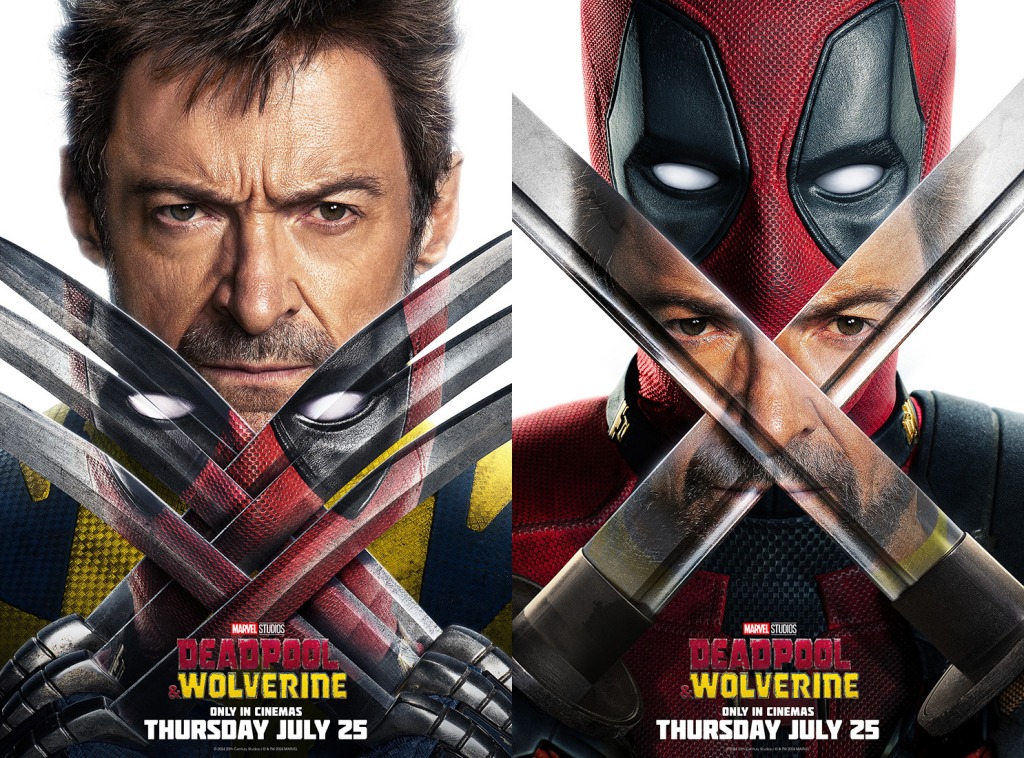
![The Cat And The Canary Blu-ray review: Dir. Paul Leni [Masters Of Cinema]](https://criticalpopcorn.files.wordpress.com/2024/04/image-5.png?w=1024)
![Building the Batmobile Tumbler [Hachette Partworks: Issues 41 – 52]](https://criticalpopcorn.files.wordpress.com/2023/03/maxresdefault.jpg?w=1024)
![All That Money Can Buy Blu-ray review: Dir. William Dieterle [Criterion Collection]](https://criticalpopcorn.files.wordpress.com/2024/04/devil-daniel-webster.png?w=1024)
![The Lord of the Rings: The Return of the King in Concert review [Live at the Royal Albert Hall]](https://criticalpopcorn.files.wordpress.com/2024/03/the-lord-of-the-rings-return-king-in-concert-royal-albert-hall.jpg?w=1024)
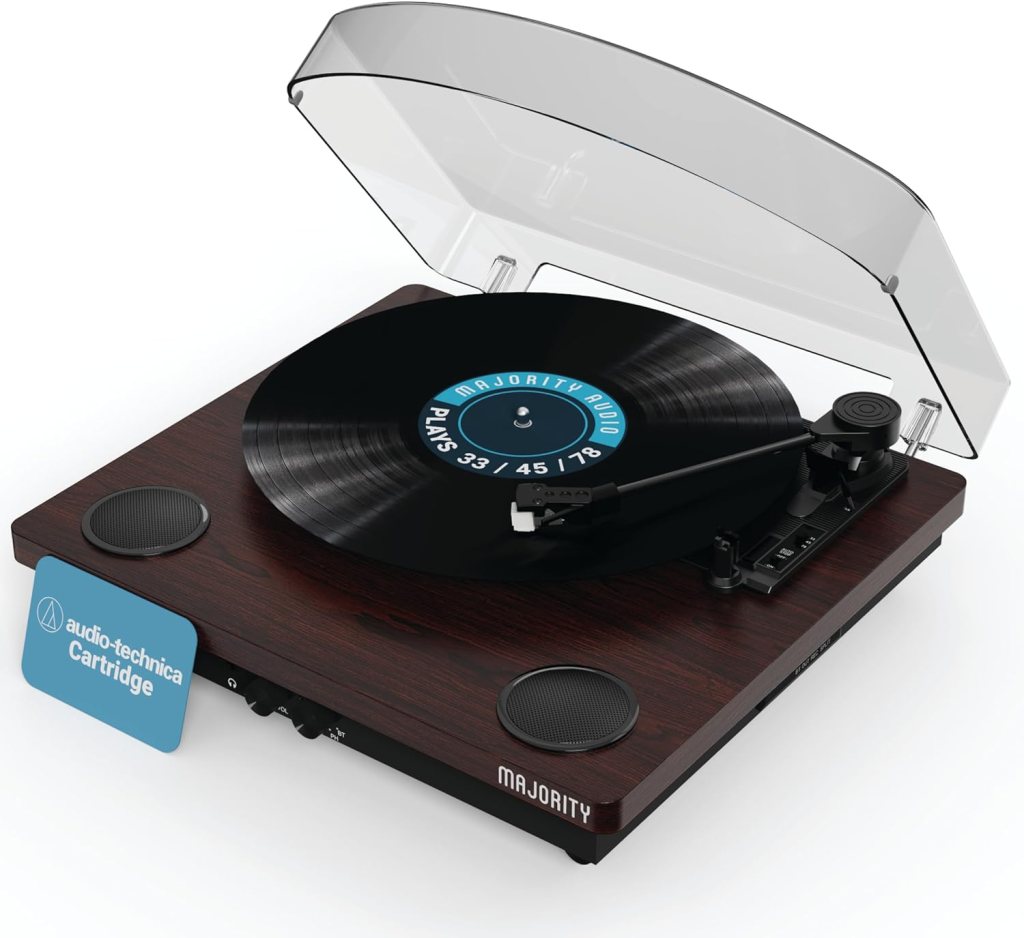
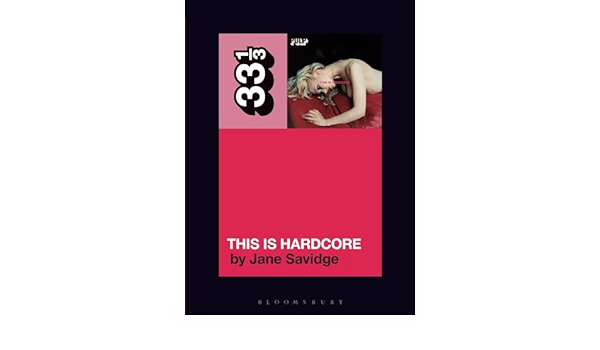
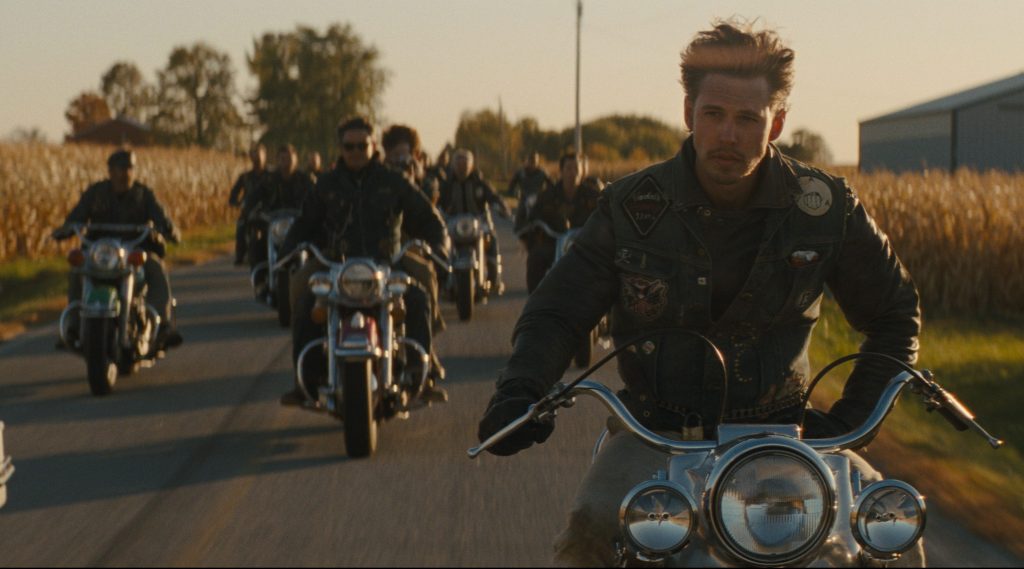

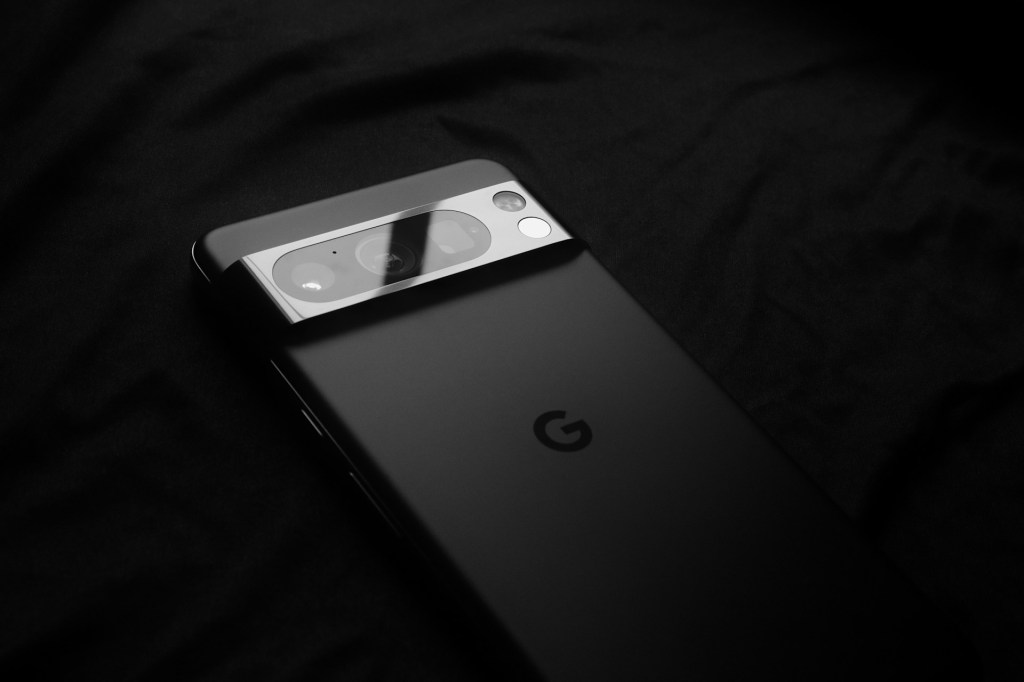
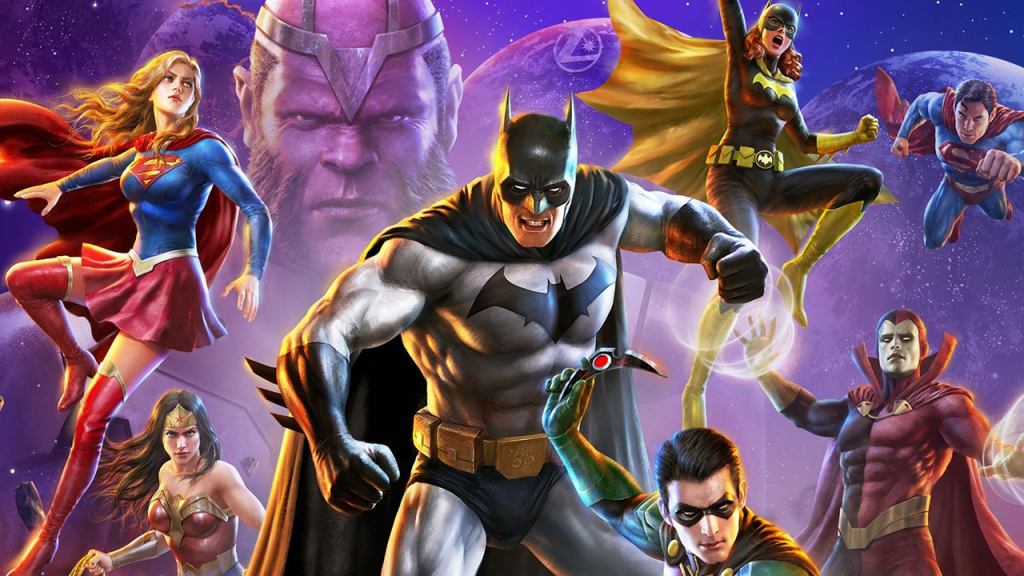
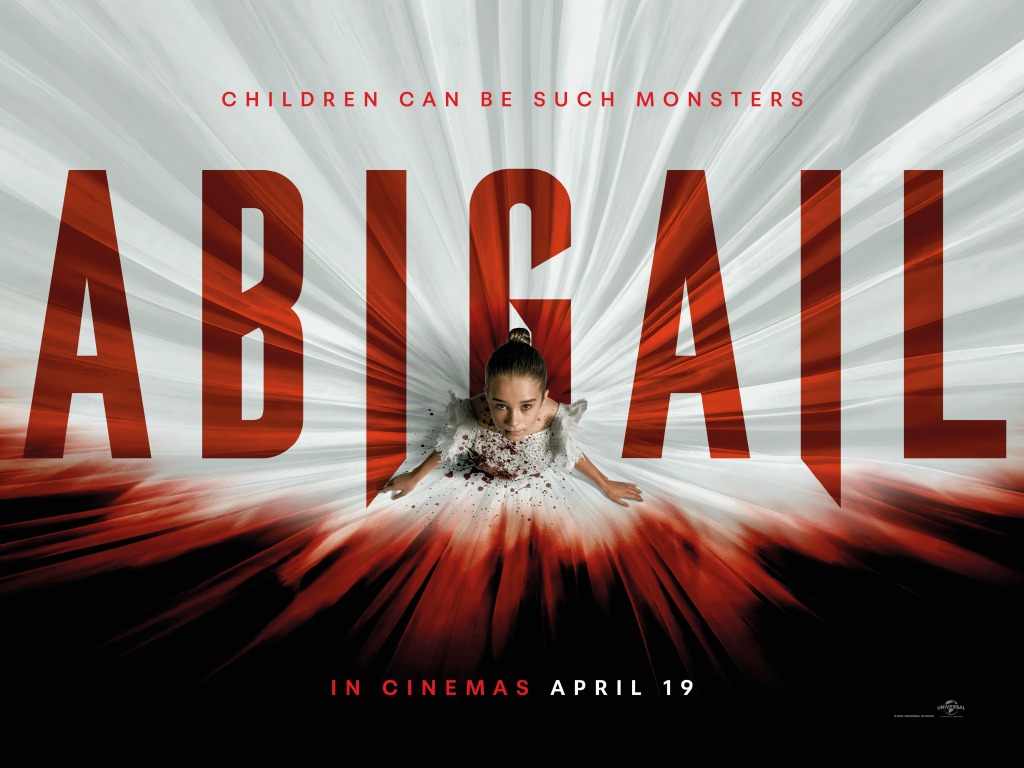
Post your thoughts